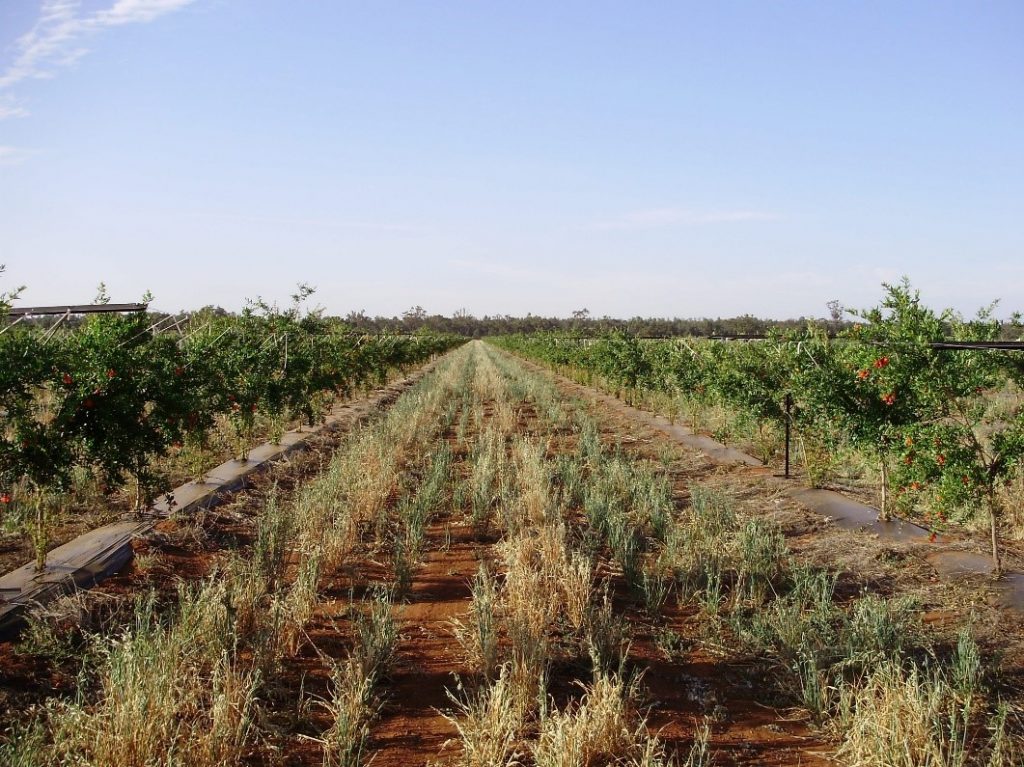
By Clint Thompson
Carbon markets may provide a profitable future for farmers. But before producers think about selling carbon credits, they need to understand an extra burden of beginning the process in the first place.
Shelby Myers, economist with American Farm Bureau Federation, implores growers to consider the cost of doing business, which includes sharing a lot of data with an ‘outside’ company.
“In order to go through the quantification process of measuring carbon within the soil, you will have to opt in for some version of data monitoring and measurement. Essentially what that means is that those that are representing the carbon market are going to come out and soil sample and take a baseline measurement. Then you’ll implement data from your farm to their system that helps further allow that quantification process to occur. They’re regularly checking up to make sure that the practices you’re doing are certified to make sure you’re doing what you’ve agreed to do,” Myers said.
“It’s part of the daily business of operating a carbon market, but it is something that growers need to be aware of before they sign a contract. You’re going to provide probably a lot more data than you’re used to or just normal amounts of data you’re already keeping track of. It’s really going to depend on the market you choose to participate in.
“You are committing to basically having a new business partner when you opt into these credit markets.”
Why so Important?
Myers said there are ongoing efforts across supply chains to reduce greenhouse gas emissions because various industries are heavy carbon emitters. They do this through either sequestering carbon back into the soil or exchanging carbon credits.
“Agriculture is in a unique position in that we sequester a lot of carbon through planting the crops that we do. But there is a potential to increase the amount of carbon that’s sequestered by utilizing conservation practices to increase that amount of carbon. If you can get into a market that’s bringing buyers and sellers of carbon credits together and implement conservation practices that help you to increase the amount of carbon that you can sequester, that could eventually generate into selling carbon credits from your farm,” Myers said.
Growers must implement a conservation practice to earn a carbon credit, such as covering the soils when they are not in use, adding trees or shrubs, rotational grazing and no-till farming.
“Carbon markets definitely have a lot of opportunities but also come with a lot of challenges. If we can address some of the barriers to entry for farmers that preclude them from participating, then it will really help the opportunity for farmers and ranchers to take advantage of the diversified revenue stream that this could provide,” Myers said. “We’re always looking for ways to make our operations more nimble and make ourselves more agile in the industry. If this works out on paper for a farmer or rancher, we want to make sure they have every opportunity to participate in it and take advantage of it.”










